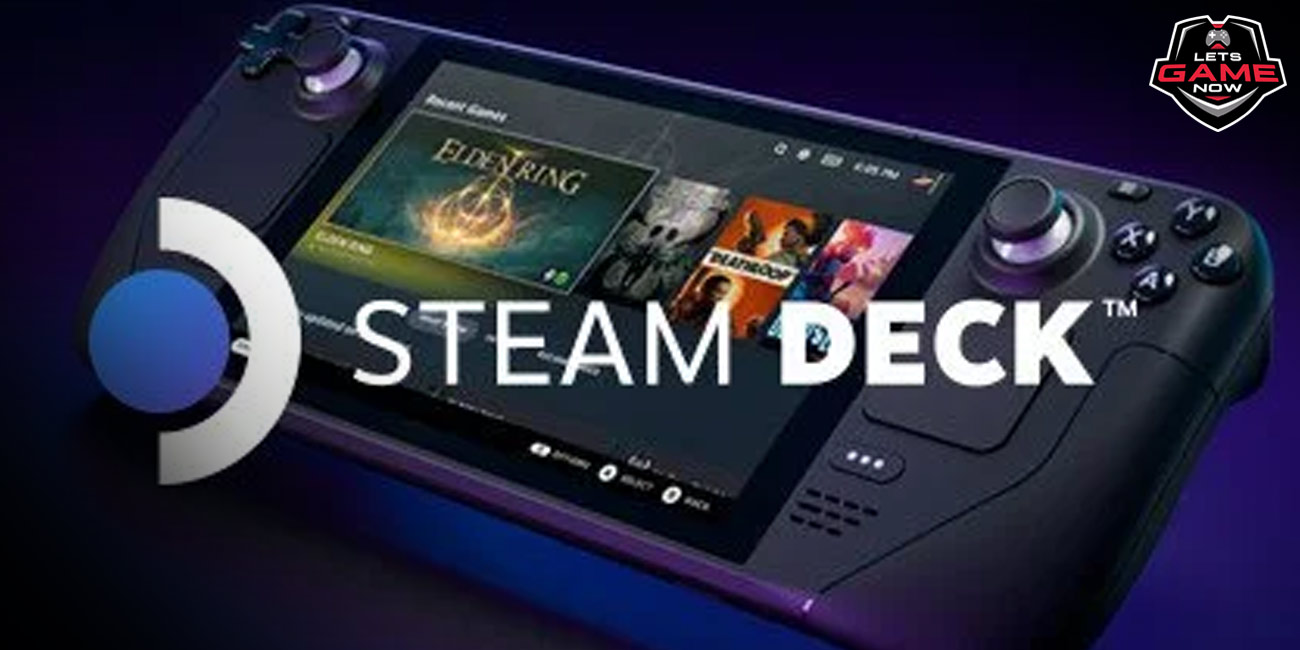


Srinanda Bhattacharyya
Oct, 26.2022
You might notice something if you purchase a Steam Deck, insert a microSD card, format it, and start installing games: exceedingly poor download speeds. similar to the "Is my internet broken?" speeds. For certain Deck owners, including myself, it appears that something is preventing your detachable microSD storage from performing at its peak capacity.
There is a quick remedy for it, but keep in mind that you will need to format your microSD card during this procedure and that you will lose all installed games and other data you have on the card.
How to improve your sluggish download rates?
Take these actions after turning on your Steam Deck. (Again, keep in mind that by doing this, you'll totally format your microSD card, so it's definitely a good idea to first create a backup. You can accomplish this by copying and pasting the data on your microSD card to a folder on a computer or a cloud storage platform.)
Press the Steam hardware button, choose Power, and then on the pop-up, choose Switch to Desktop.
Click the Steam Deck logo in the lower-left corner of the screen to switch to desktop mode.
On the left, choose System, and then on the right, choose KDE Partition Manager. This function came pre-installed.
Once it has opened, observe the two choices under Devices: one will say mmcblk0, and the other will say the name of your internal SSD.
The SD card (mmcblk0) should be chosen by default. Choose it if it isn't.
Your SD card partitions will be visualized in the top-right corner of the screen. Under Type and Mount Point, there should be a lock icon and a small blue box next to ext4 to indicate that the proper storage device is being selected. The Size of storage space should be comparable to the capacity of your microSD card.
Pull the left trigger after moving the right trackpad over the information bar to reveal a drop-down menu.
Choose Unmount.
While still positioned over the same area, press the left trigger once more and choose Delete.
It should read "Delete partition" rather than "Shred" in the Pending Operations box at the bottom of the screen. To go back in the process, press Undo if it doesn't say Delete.
After making sure it says Delete Partition, locate and click the Apply button in the top-left corner of the screen, which is located immediately below File.
If you want to do the Delete partition procedure, a pop-up will prompt you. The Apply Pending Operations button should be chosen.
Press OK to complete the process.
The terms Unallocated and Unknown as well as the total size of the microSD card will now appear in the middle of the screen, which displays information about the partitions.
Pull the left trigger after hovering over it to see the drop-down menu.
From the drop-down option, choose New.
Change the File System setting to ext4 in the pop-up, then click OK.
In the program's upper left corner, click the Apply button.
There will be a pop-up. Select "Apply Pending Operations" from the menu.
A new ext4 partition will be created in roughly 50 seconds. When it's finished, a Disk & Devices alert on your desktop will appear, notifying you that a new microSD card has been inserted.
After selecting OK in KDE Partition Manager's second pop-up window, press the X button in the top-right corner to quit the program.
On the Desktop, double-click or press the Return to Game Mode icon.
Eject your microSD card and re-insert it once you're back in Game Mode (the Deck won't initially register that it's inserted until you do).
To access the Settings page, click the Steam hardware button.
Click Storage after scrolling down to it. Your internal drive and microSD card ought to be visible. A gold star should be present next to the MicroSD Card, designating it as the primary installation drive. If not, click X to Make the Default while hovering over it.
The last step is to install a game, after which you should launch Steam and select Downloads to check the status of your downloads. You should be able to see increased download and disc use speeds as well as progress.